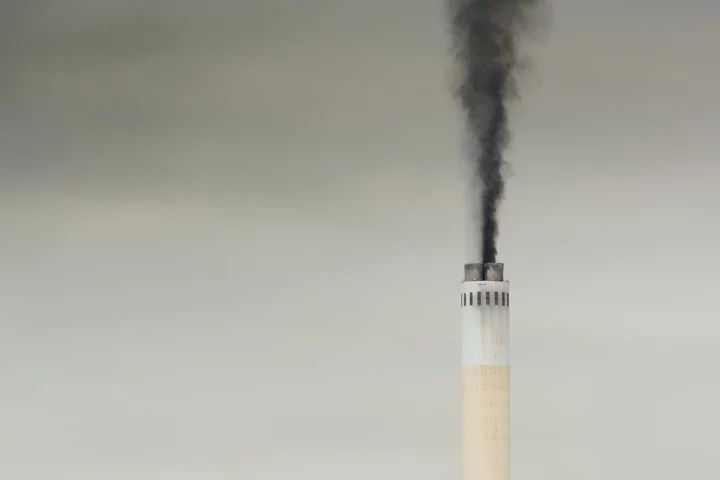The European Union has started work on a key element of its plans to reach climate neutrality by the middle of the century: storing captured carbon dioxide underground.
The European Commission, the bloc’s regulatory arm, is seeking input from the public in order to shape a strategy that could lay down targets for infrastructure to store carbon by 2040 and 2050, according to documents published Friday. It could also explore how to remove CO2 from the atmosphere as part of its climate goals.
Carbon capture and storage — and carbon removals — is a controversial technology, with green groups arguing that such efforts distract from the primary objective of slashing emissions. But the EU and a growing body of scientists see it as an essential technology on the way to net zero, especially for those industrial sectors that are hardest to decarbonize.
“The infrastructure is not developing fast enough” despite the bloc’s carbon market incentivising technological solutions, according to the consultation document. “Most global and EU paths to climate neutrality rely heavily on industrial carbon removals.”
The consultation comes weeks after the Commission set a goal of injecting 50 million tons of carbon dioxide into geological storage sites annually by 2030, while forcing oil and gas majors to contribute toward that goal. It comes alongside a public consultation that looks to set an emissions cutting target for 2040.
Read more: EU’s Green Plan Will Force Oil Majors to Store CO2 Underground
Currently, less than two million metric tons of CO2 is injected into permanent storage sites in the European economic area each year. Carbon capture projects alone, which have already been selected for support from the bloc’s Innovation Fund, would require around 4.6 million tons of storage capacity a year by 2029.
The consultation is open until the end of August, with the strategy due in the final quarter of this year.









